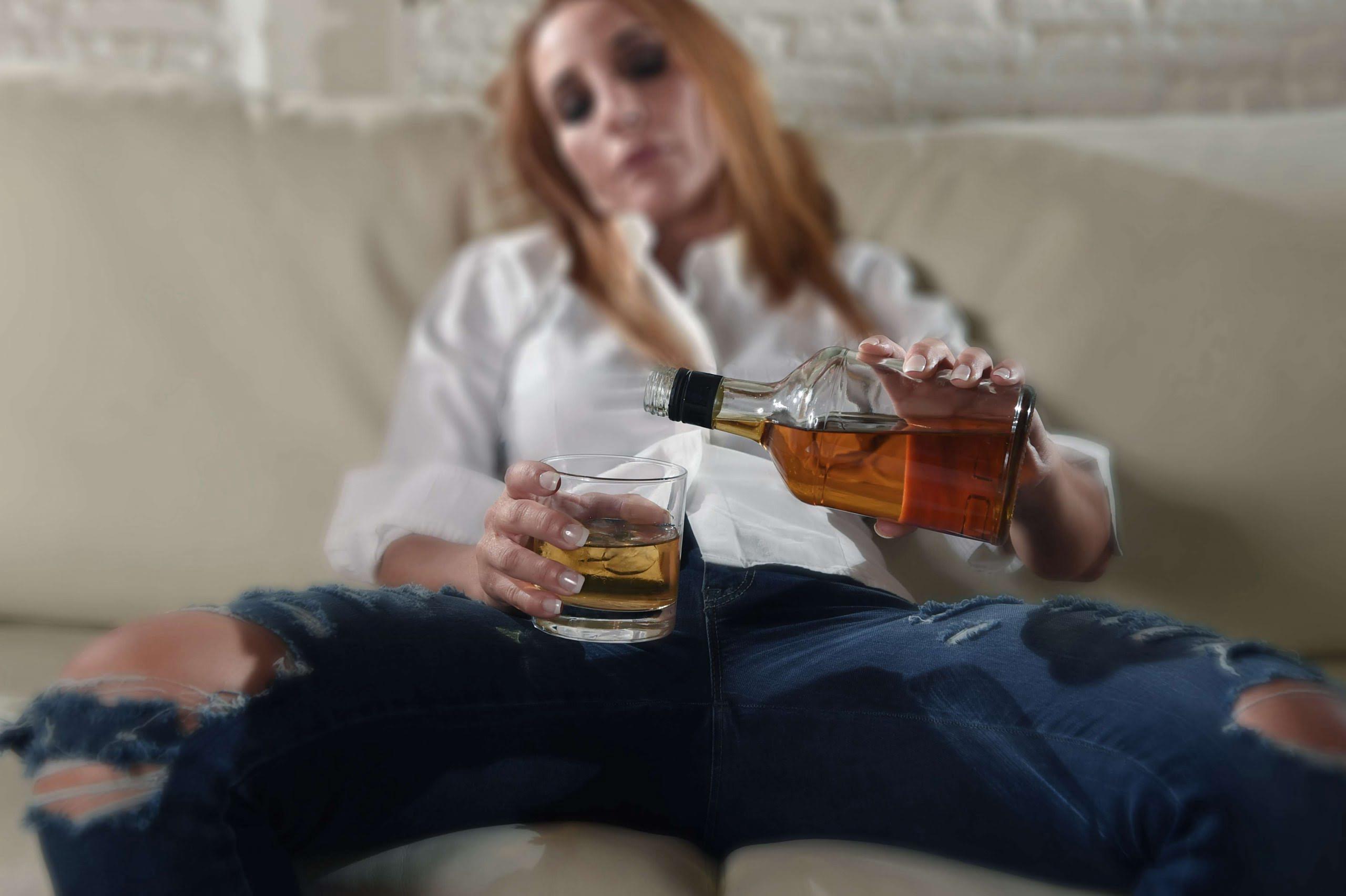Long-term alcohol use can also increase your chance of developing certain types of cancer. It can also weaken your immune system, making your body less able to alcohol as a coping mechanism fight infection and disease. A person may respond with more anxiety to a stressful situation compared to someone who never drank or only drank small amounts.

Alcohol dependence and at-risk drinking (Waves 2 and .

It can act on the reward pathways of the brain, fostering and strengthening the belief that you need alcohol to cope with stress. As the study’s participants were assessed in accordance with ICD-10 alcohol dependence syndrome criteria, the term “alcohol dependence” will be used throughout the article; the equivalent of this term in the DSM 5 classification is “alcohol dependences (AD)”. With a one-way analysis of variance (ANOVA), the intensity of the psychopathological symptoms presented in the three clusters was compared (Table 2). Further analysis using the Tukey post hoc test showed the level of significance of differences between the three clusters of alcohol-dependent individuals in the intensity of their psychopathological symptoms (Table 2). Mindfulness and meditation have also been studied extensively for their potential to help us manage stress, anxiety, and cravings. Practicing staying present and fully engaged with whatever we’re doing at the moment can help us better understand our urges and stressors, recognizing them as temporary sensations rather than urgent needs that must be satisfied.
- Stress plays an important role at all levels of alcohol consumption, beginning with facilitation of initial use through early stages of transition to regular use and from regular to excessive use 16, 17, 18.
- At Monument, we’re here to help you identify and adopt the healthy coping mechanisms that work best for you and allow you to see how you can get more out of life by drinking less.
- Analysis with these variables will be adjusted for initial cortisol concentration to alleviate confounding risk as AUC variables may be comprised of variance due to stress reactivity and stress-unrelated HPA axis activity 113.
Support your physical health
No statisticallysignificant relationships were found with regard to social anxietyscores and number of drinks, although the relationship of socialanxiety scores and amount of drinking approached conventionallevels of statistical significance. However, the study found severalsignificant relationships between social anxiety, gender, housingtype, employment status, and both motives and context for engagingin alcohol use. Multiple dimensions have been studied in relation to the causaland subsequent factors of alcohol abuse. alcohol rehab In one study 5, theresearchers identified multiple reasons for substance abuse. Such reasons may include social and recreational reasons, anger andfrustration, getting away from problems, experimentation, amongothers. Another study 6, found that self-image goals, or goals inwhich people seek to construct, maintain, and defend positive selfviews,had a direct effect on alcohol-related problems of collegestudents.
What Makes a Healthy Coping Mechanism?
- Consistent exposure to alcohol abuse can cause individuals to become accustomed to seeing alcohol used to relieve problems.
- If we’ve been reacting to a particular set of circumstances in the same way for a long time, our brain goes on autopilot and our response becomes automatic.
- With respect to diagnostic outcomes at age 28 to 30, lifetime MDD was directly predicted by depression and substance-use coping, but was not directly related to alcohol use at age 23.
- Excessive drinking has numerous impacts on your body and mind, ranging from mild to severe.
The MESA study is a randomized controlled study that started in December 2018 and is being conducted in a laboratory setting at the Medical School Hamburg. The study is divided into an online screening and a main examination, with detailed description in the following (“Procedure” section). Regular and risky drinkers are then randomly assigned to either an experimental (acute stress) or a control condition (Fig. 1). Following the second post-test stress assessment, the experimenter presented the two glasses of beer, glass A and B (each containing 8 oz. of cold Budweiser beer— for a total of 474 milliliters mls).

Those who struggle with mental health disorders may often look for relief from their symptoms. Unfortunately, alcohol is commonly used to self-medicate and escape from these symptoms. However, the relief is only temporary and can result in the symptoms worsening over time. Worsened symptoms can cause the person to drink more to relieve them, leaving them in a dangerous cycle of addiction and mental health issues. If you find yourself using alcohol as a coping mechanism, it’s essential to understand when to seek help to prevent the development of alcoholism.
- What made The Path so powerful was the way it approached alcohol without judgment.
- Moreover, repeated breathalyzer readings are taken until blood alcohol concentration reaches 0.0‰ in two consecutive measures.
- Additionally, day-to-day stressors can start to pile up and feel so overwhelming that we seek immediate relief.
- This is because males notoriouslytend to engage in socially desirable responding of denying negativeemotional experiences on such measures.
- Responses were scored on a 5-point Likert scale ranging from 1 ‘totally disagree’ to 5 ‘totally agree’ 52.
Theory proposes key role for cortex layer 6b in attention and advanced mental functions
For many people, the chance to break isolation can be a big help in trying to reduce alcohol consumption. Continued alcohol use can therefore make it more difficult for people to cope, even when they’re not drinking. You can also experience stress during a period of life when things may feel less manageable. There are a number of ways you can cope with stress that don’t involve alcohol, and many of them you can do on your own. TOS, task-oriented style; EOS, emotion-oriented style; AOS, avoidance-oriented https://www.gal416.org/i-have-a-beer-each-night-with-dinner-is-that-risky/ style; D, distraction; SD, social diversion. TOS—task-oriented style, EOS—emotion-oriented style, AOS—avoidance-oriented style, D—distraction, SD—social diversion.